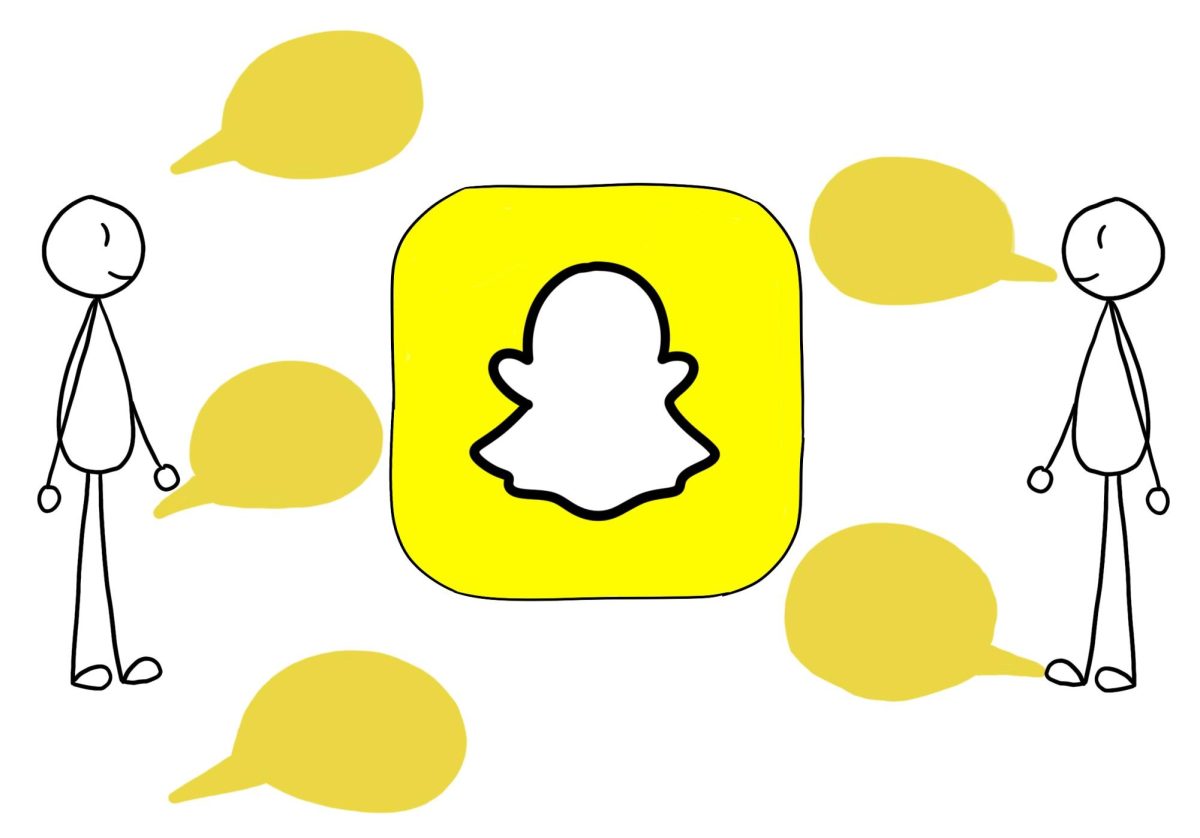On Sep. 16, 2011, an app known as Picaboo, created by Evan Spiegel, Bobby Murphy and Reggie Brown, became rebranded into what we refer to today as Snapchat. Originally created to encourage spontaneous and authentic relationships, Snapchat introduced the trend of sending or “snapping” pictures that are only temporarily available to view. The creators’ main intention, however, has been overlooked for the past few decades by the app’s users.
The majority of Snapchat users fall within the age range of 18 and 24, but also extending down to 13. As someone who is a part of this generation of Snapchat users, and an unfortunate victim of the streaks culture, I’ve noticed several shifts in how people have started to communicate over the years, especially when it comes to initiating conversations, choosing topics, and even evolving speech and slang.
Nowadays, it’s not about what you’re saying, but how often you say something. Or rather, how often you send a meaningless photo just to keep a streak alive. We send blurry ceiling pictures or just the word “streaks” to maintain a number that, in the grand scheme of things, means absolutely nothing. These conversations are rarely about something of substance, instead revolving around an unspoken competition of consistency.
Along with the concept of streaks, there is a game of time. If someone takes two hours to respond to your snap, you feel obligated to wait just as long, or often longer, just so you don’t come off as desperate. It no longer represents honest and immediate communication. Only about keeping an unoriginal image of yourself.
The app was built on the idea of disappearing messages and privacy. Every 24 hours, all chats and snaps that were not saved disappear and cannot be accessed by either party. Originally meant to remove the pressure of chat logs and the stress of not knowing who has access to your conversations through screenshots or screen recordings, people have shown more resentment towards these features, as they’re less protective of privacy. Constantly having to worry about another person getting notified of when you open chats, or if you have Snapchat+ (a paid membership for additional features), when you ‘half-swipe’ on chats is always on our minds when the app is open on our devices.
Despite the very long list of negative features, Snapchat has helped several including myself in networking and getting to know friends without having to face the consequences of awkwardly ending a conversation through text and instead sending snaps. It’s also just a fun way to find out what your friends are doing or document memories. While both sides are arguably valid, it’s important that no matter what app or form of communication we prefer to use, there is a good amount of authenticity being put into conversations, ultimately making sure it is not a chore and routine over a choice.


